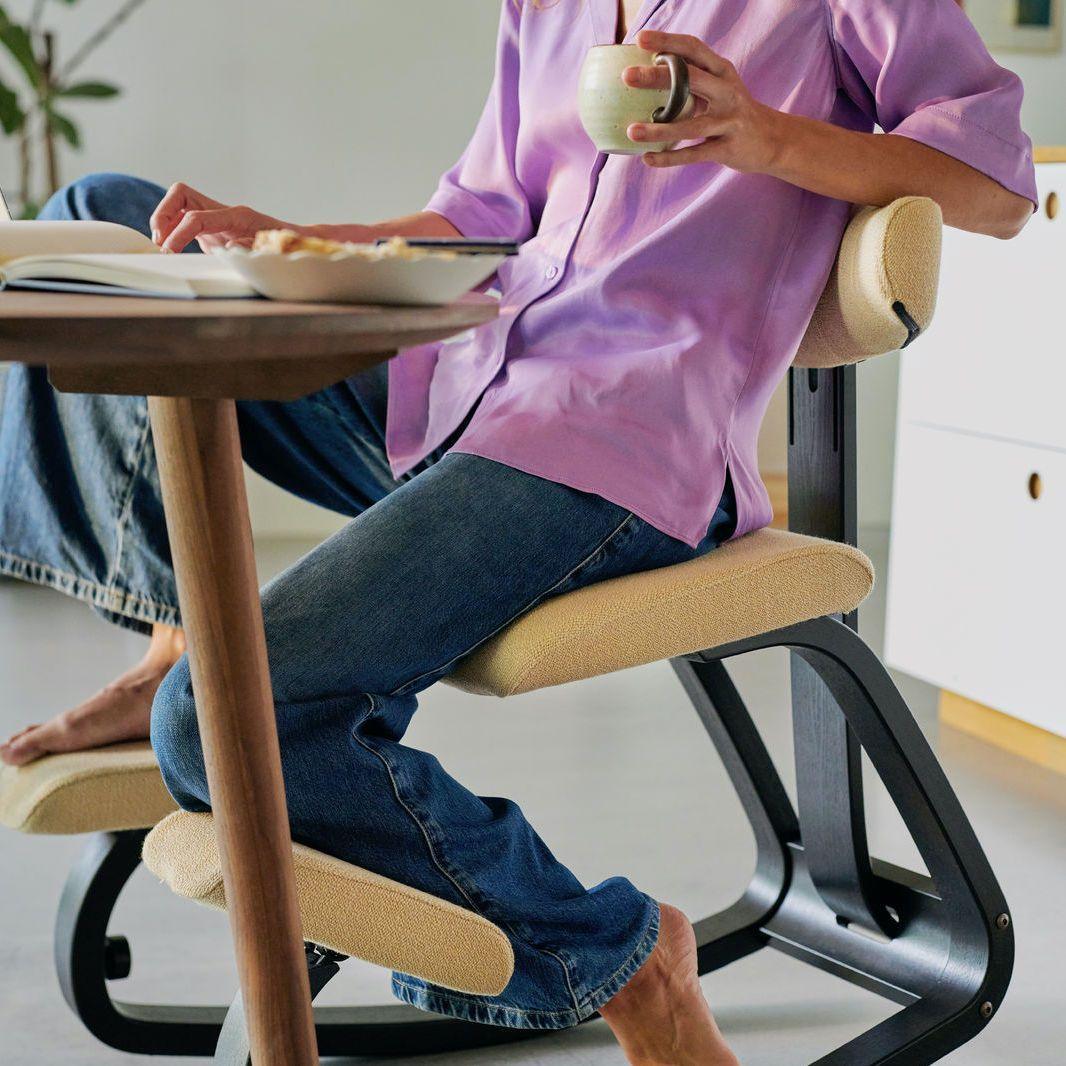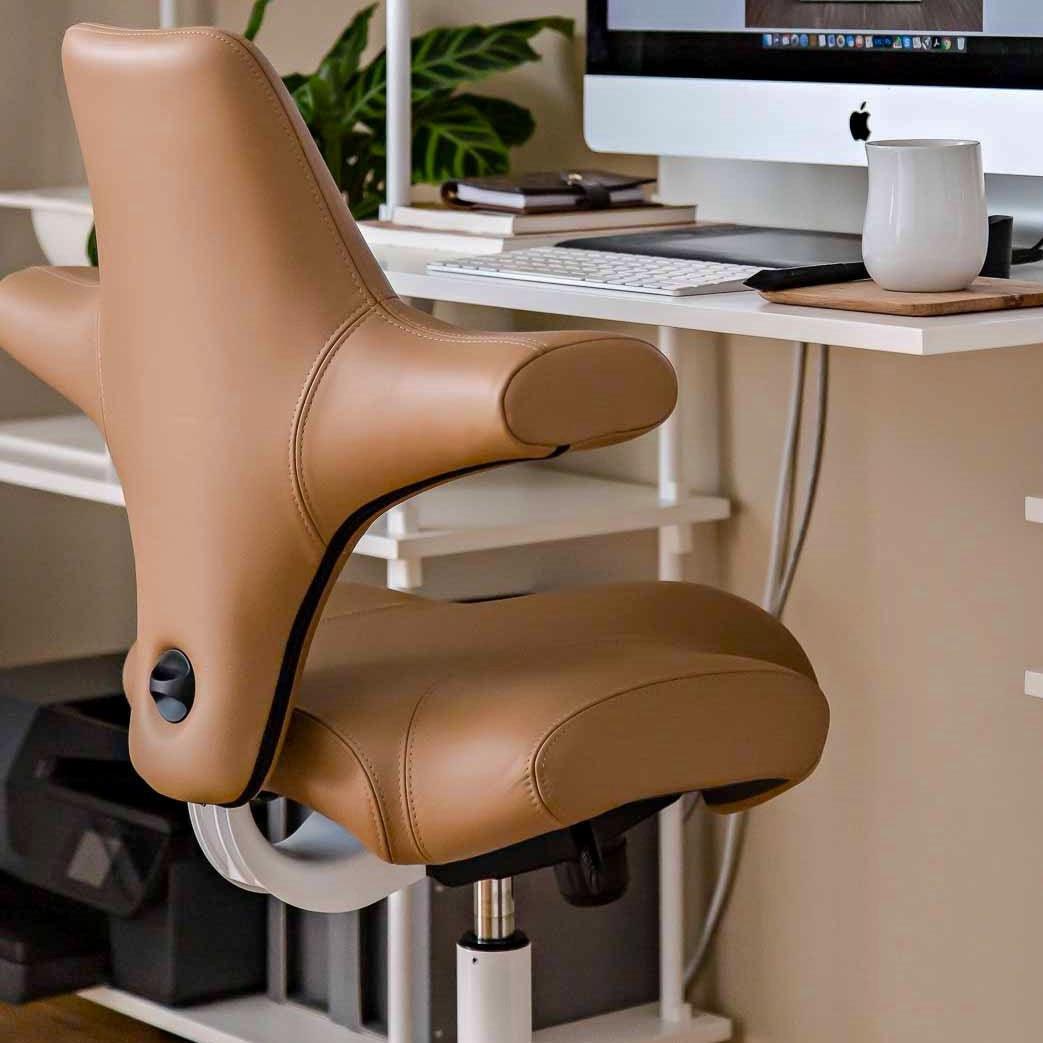I thought that having an ergonomic chair or desk was all needed to create an ergonomic workspace, but everyone can also do some simple things to take it to the next level without spending.
Have you heard about ergonomic work zones? These zones help you be more conscious about your movements, keep your office organized and more efficient.

The 3 Types of Ergonomic Work Zones
Zone 1 - The Primary Working Zone
When working in zone 1, you should relax your shoulders and keep your elbows to your side. You can identify your zone 1 with the Sweep Method. Simply sweep your hands across your desk - anything that you get your hands close to is considered to be part of your Zone 1.
The items typically included in zone 1 should be your mouse, keyboard, notepad, and pen.
Zone 2 - The Secondary Working Zone
The second zone considers anything that is arm’s length away. These can include items that you use throughout the day but not as often. Some examples are headsets, the telephone,and your drink.
Zone 3 - The Non-working Zone
The third zone is an area where you need to lean forward or stretch to reach. However, I personally suggest avoiding this because it’s better to stand up to get the item. This way, you have an excuse to get up and move a little.
You can place your document folders, printer, or other office supplies in a separate desk organizer or shelf. In addition, you may want to consider a beautiful plant in this zone for somebiophilic benefit.
Now, take a quick scan of your workstation. Are your items placed correctly in the right zones? If not, shuffle things around and give it a try to aim for a more ergonomic space.
By following the principle of ergonomic work zones in arranging your items around you, you should notice an improvement in your day-to-day experience.



